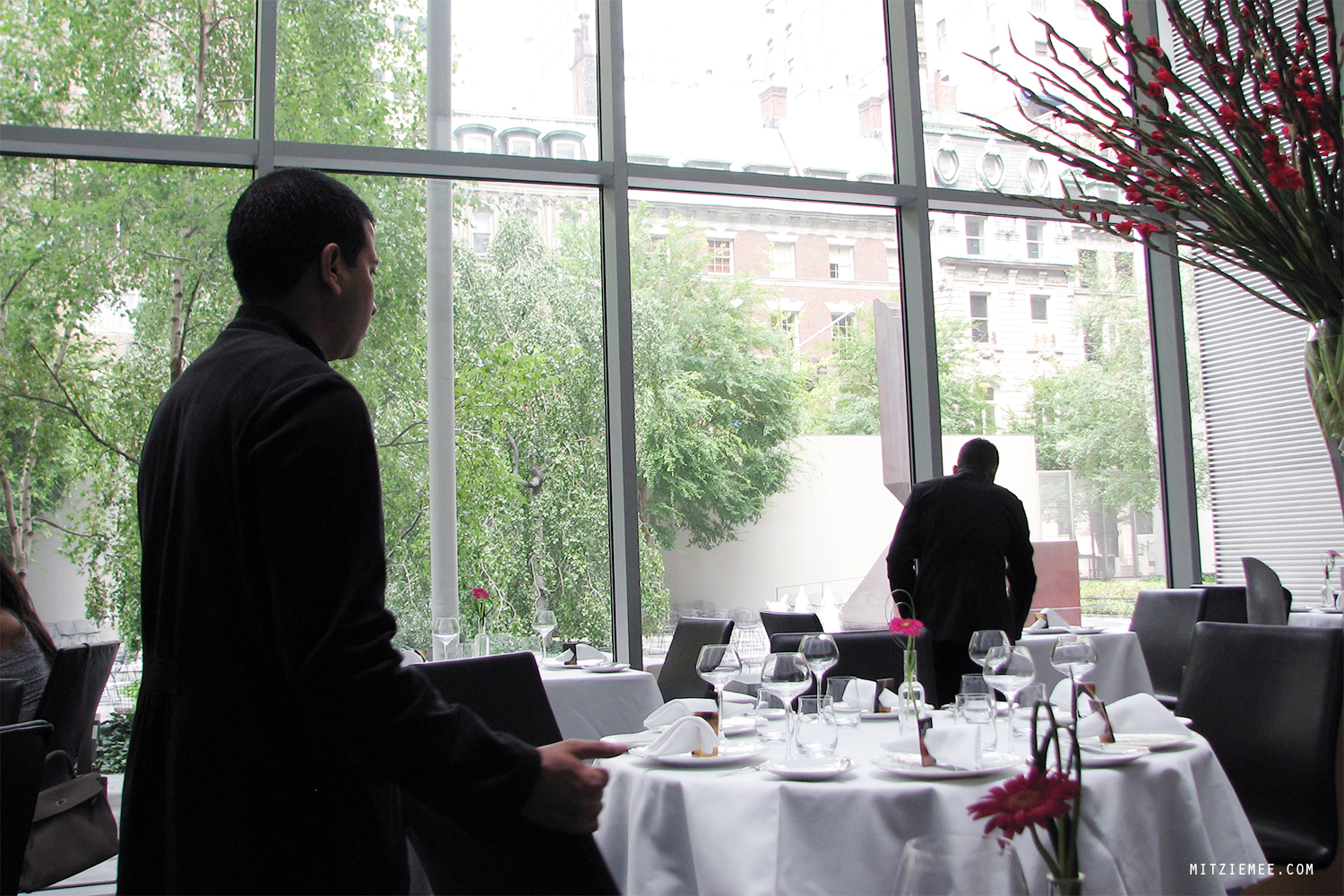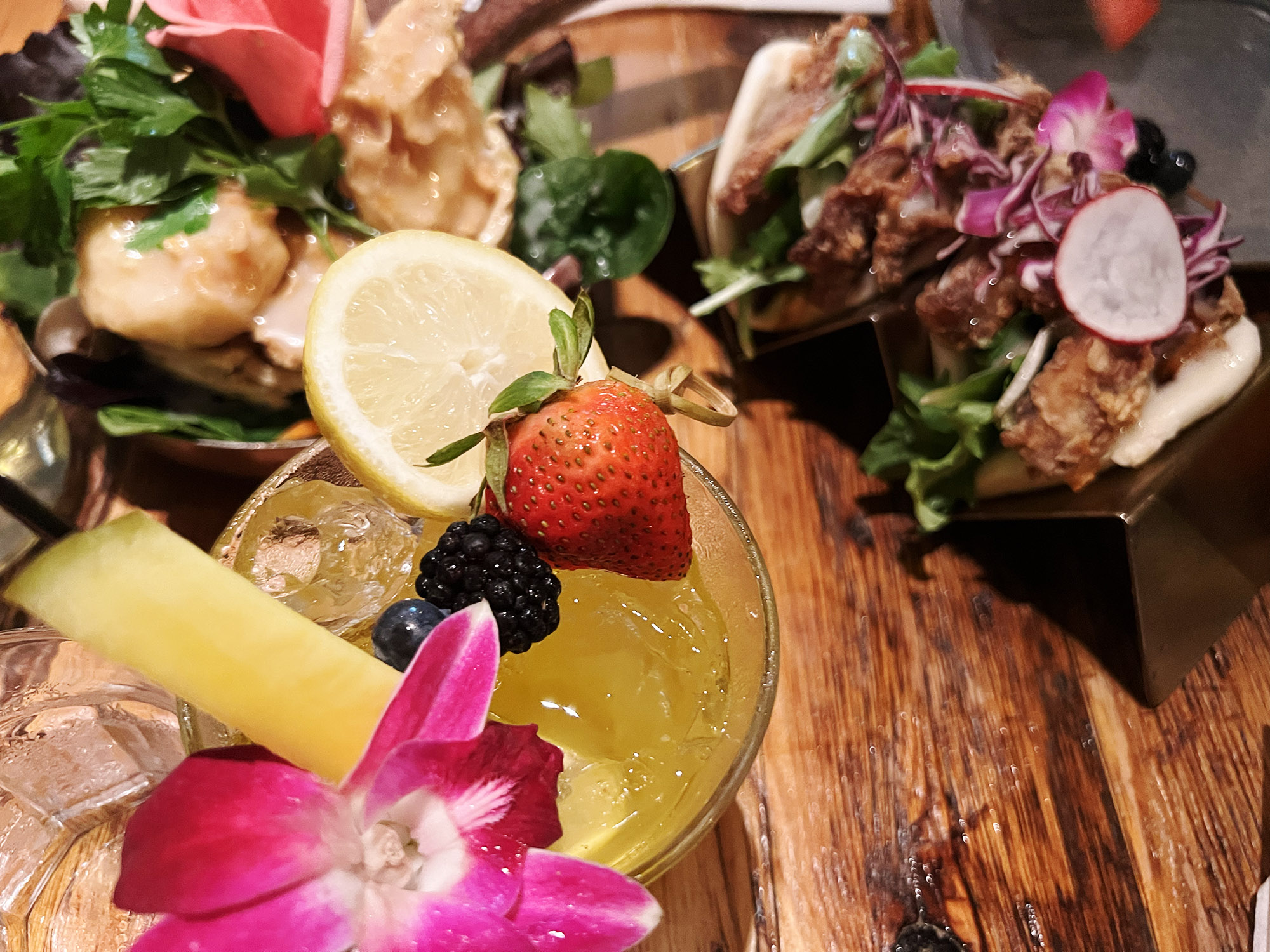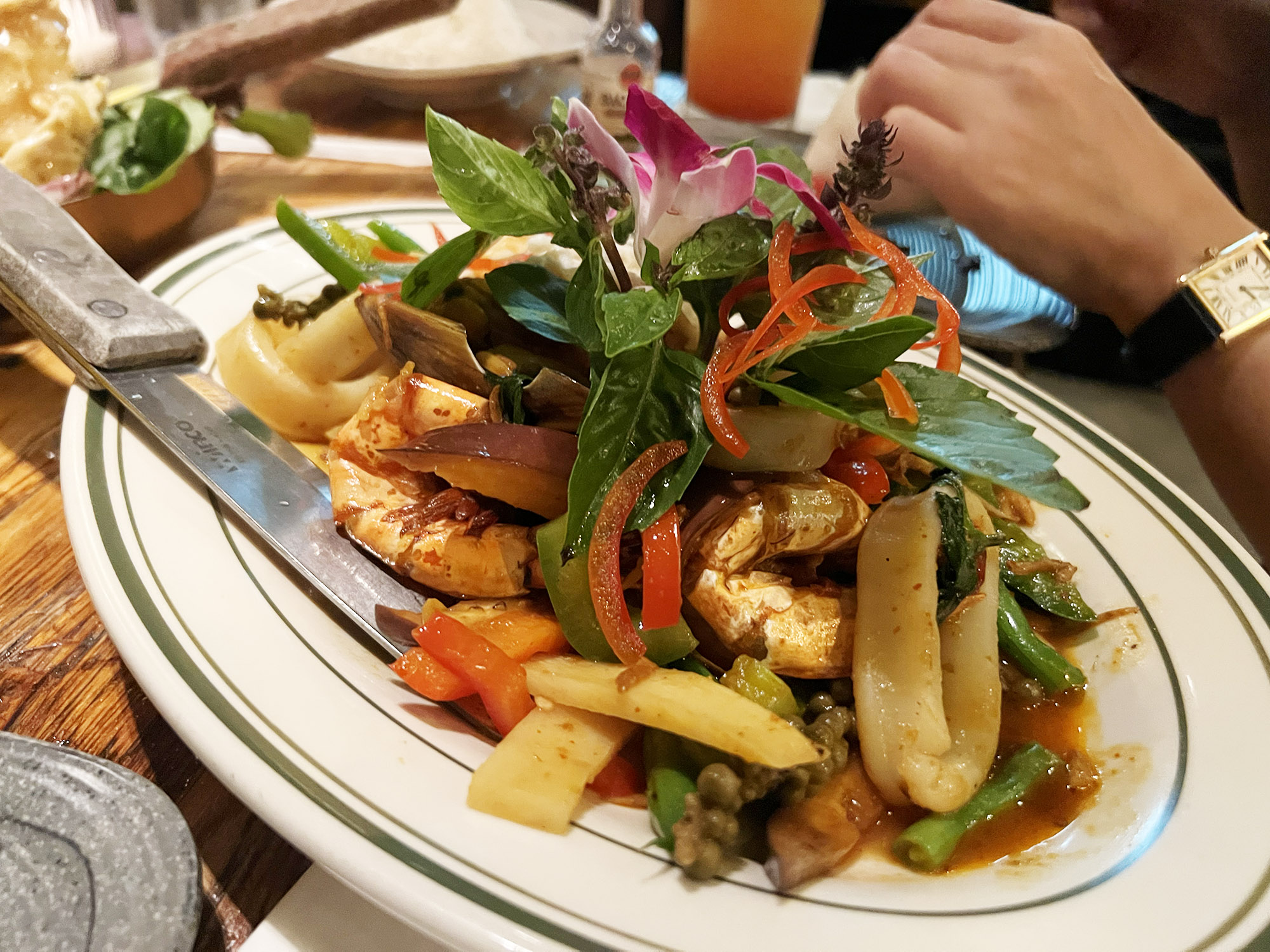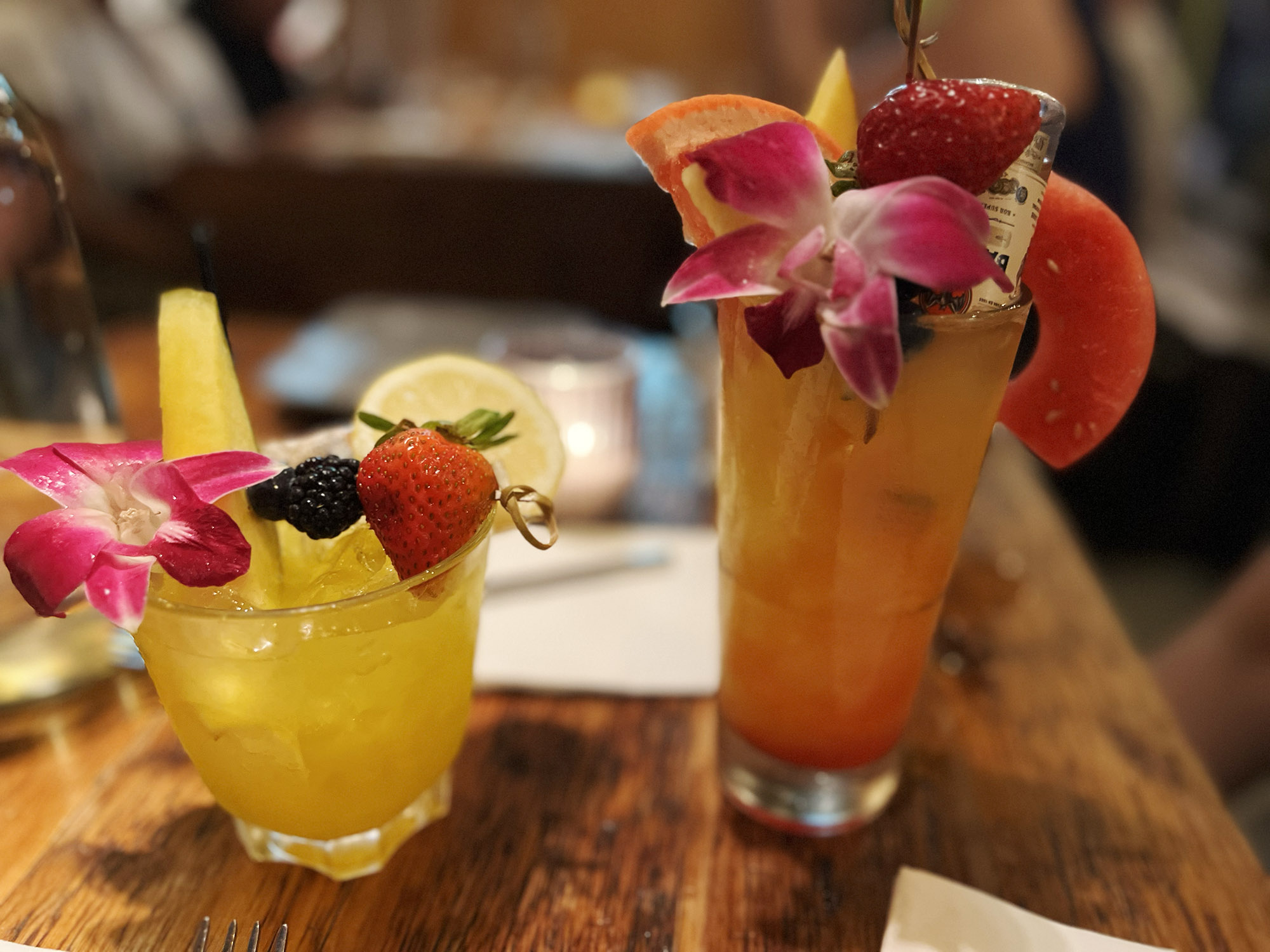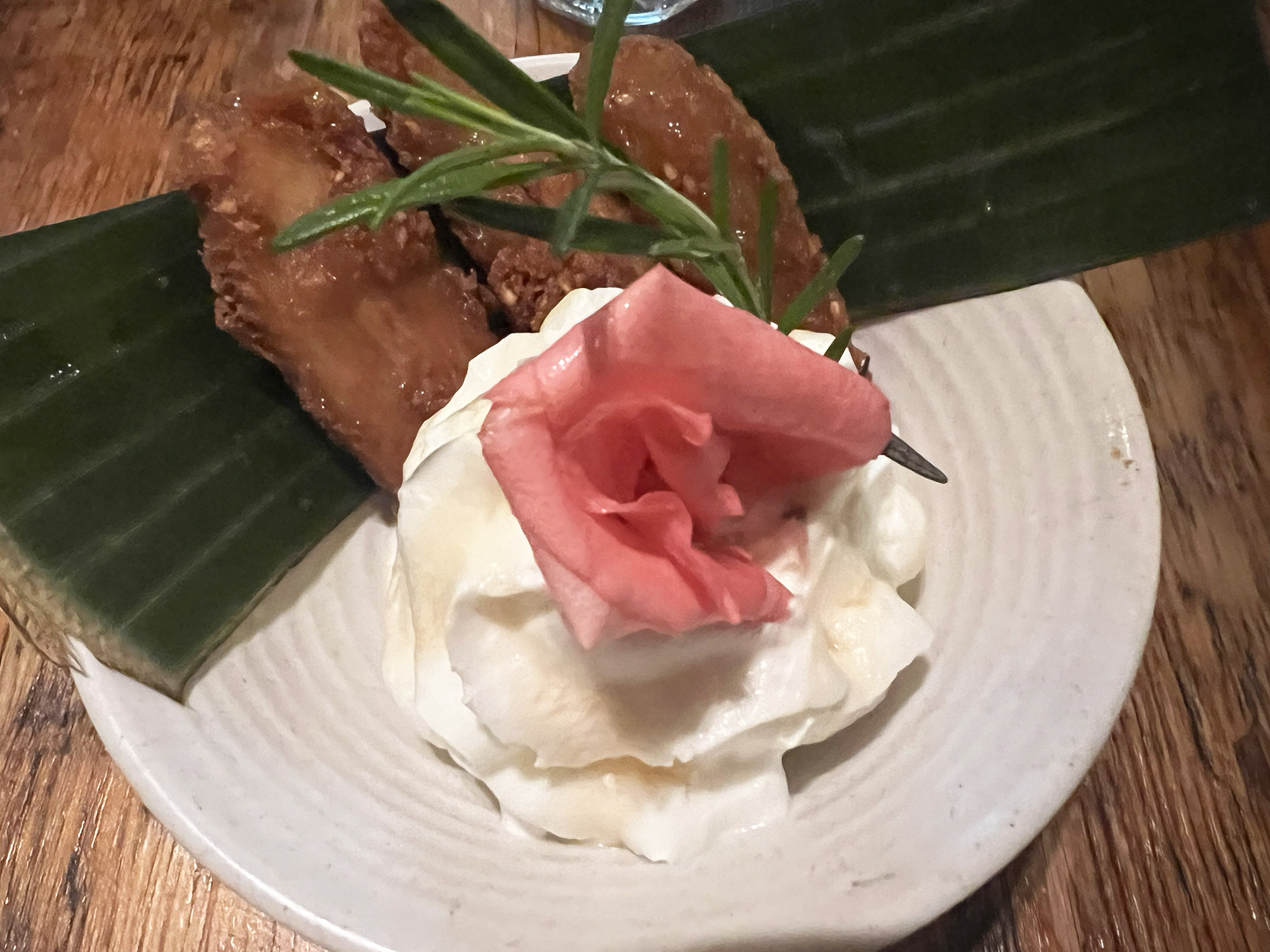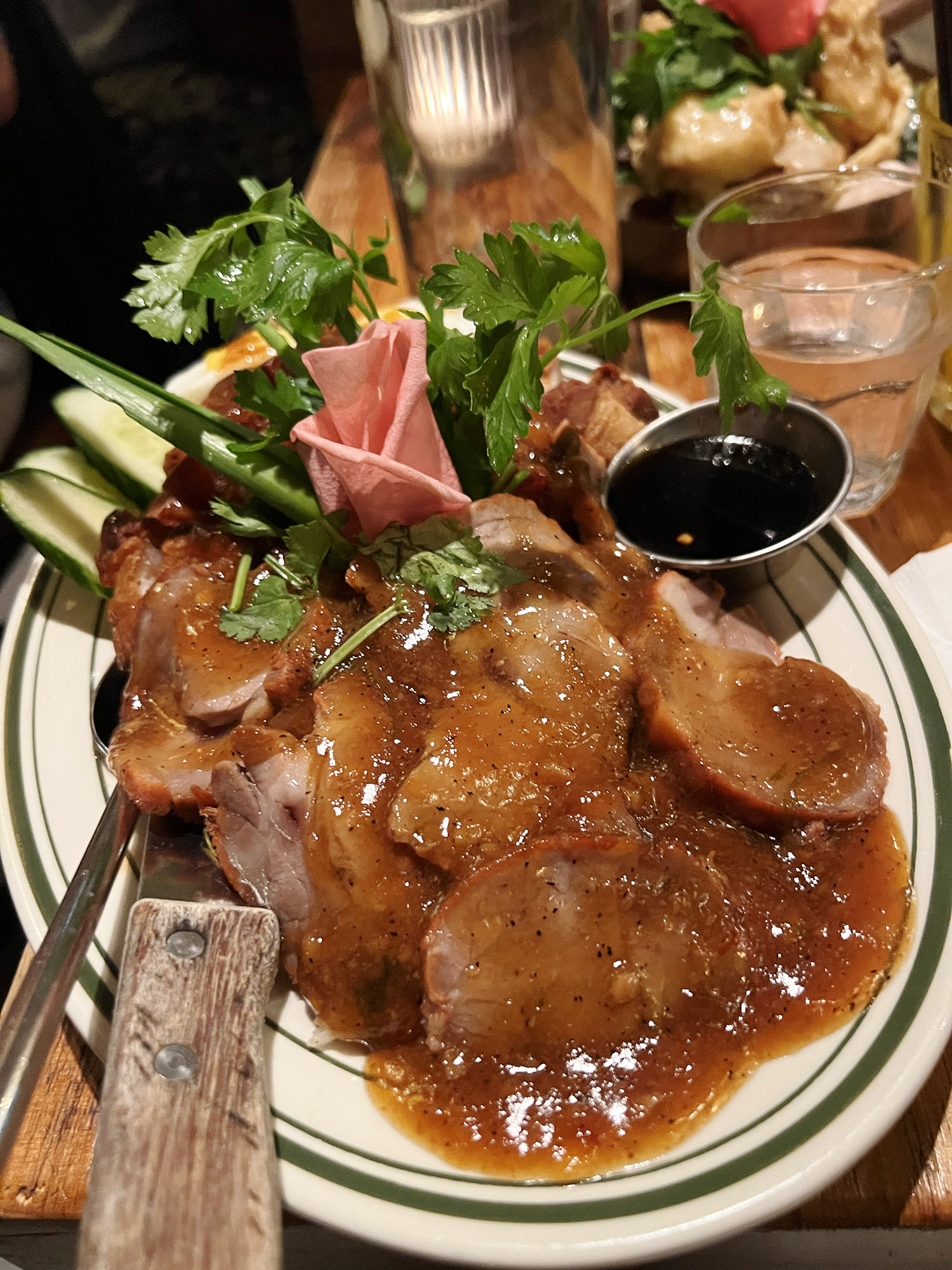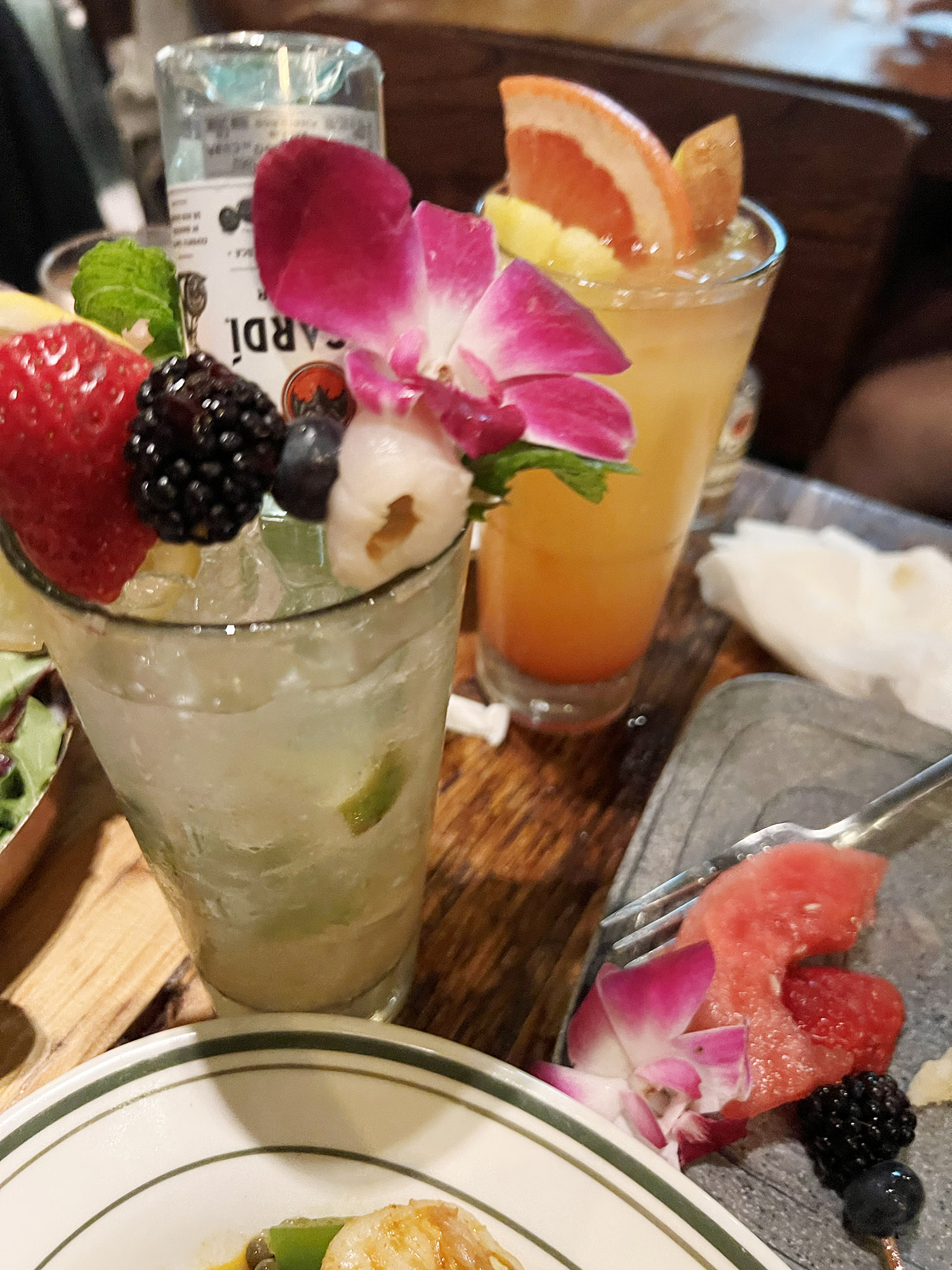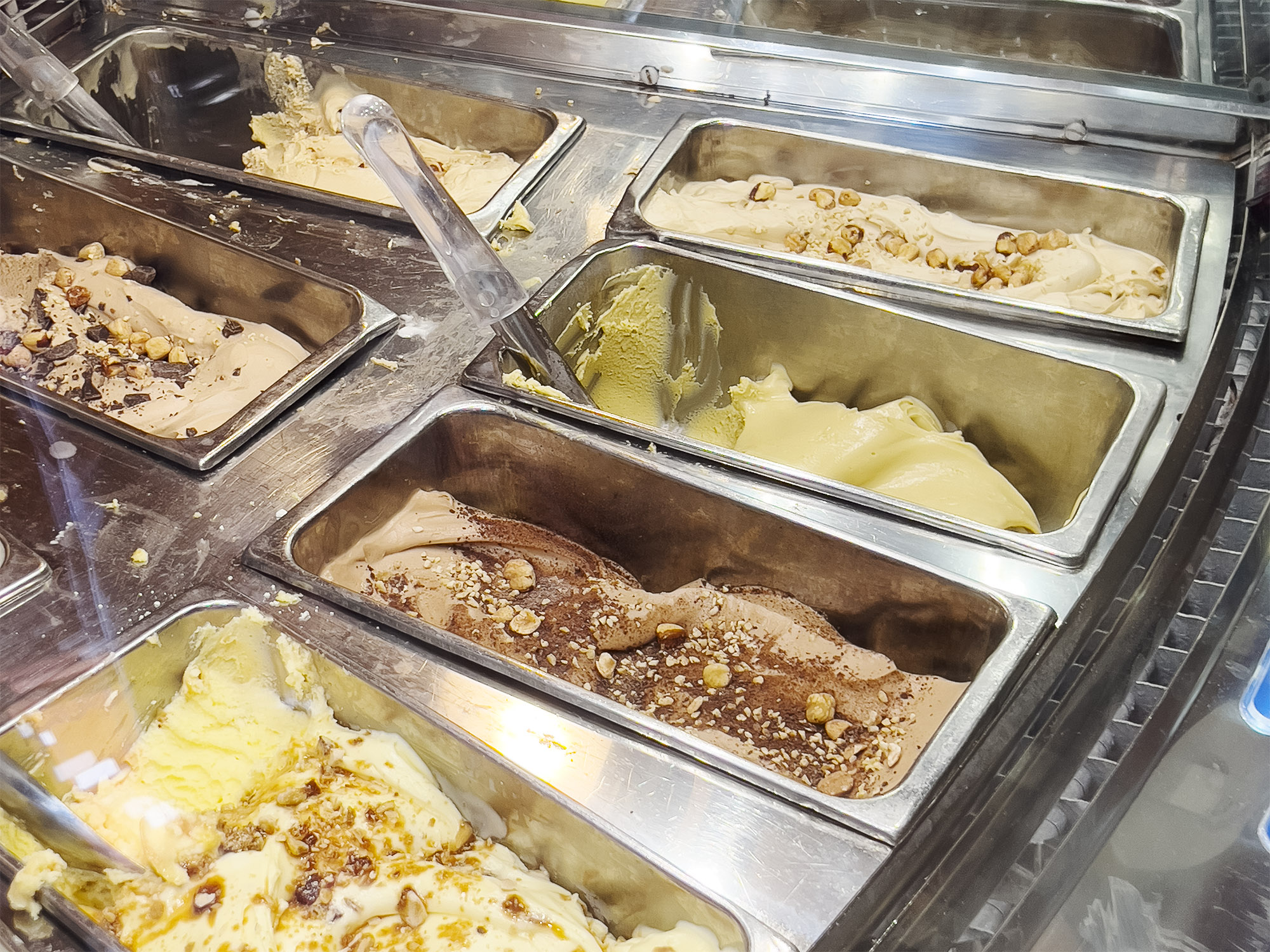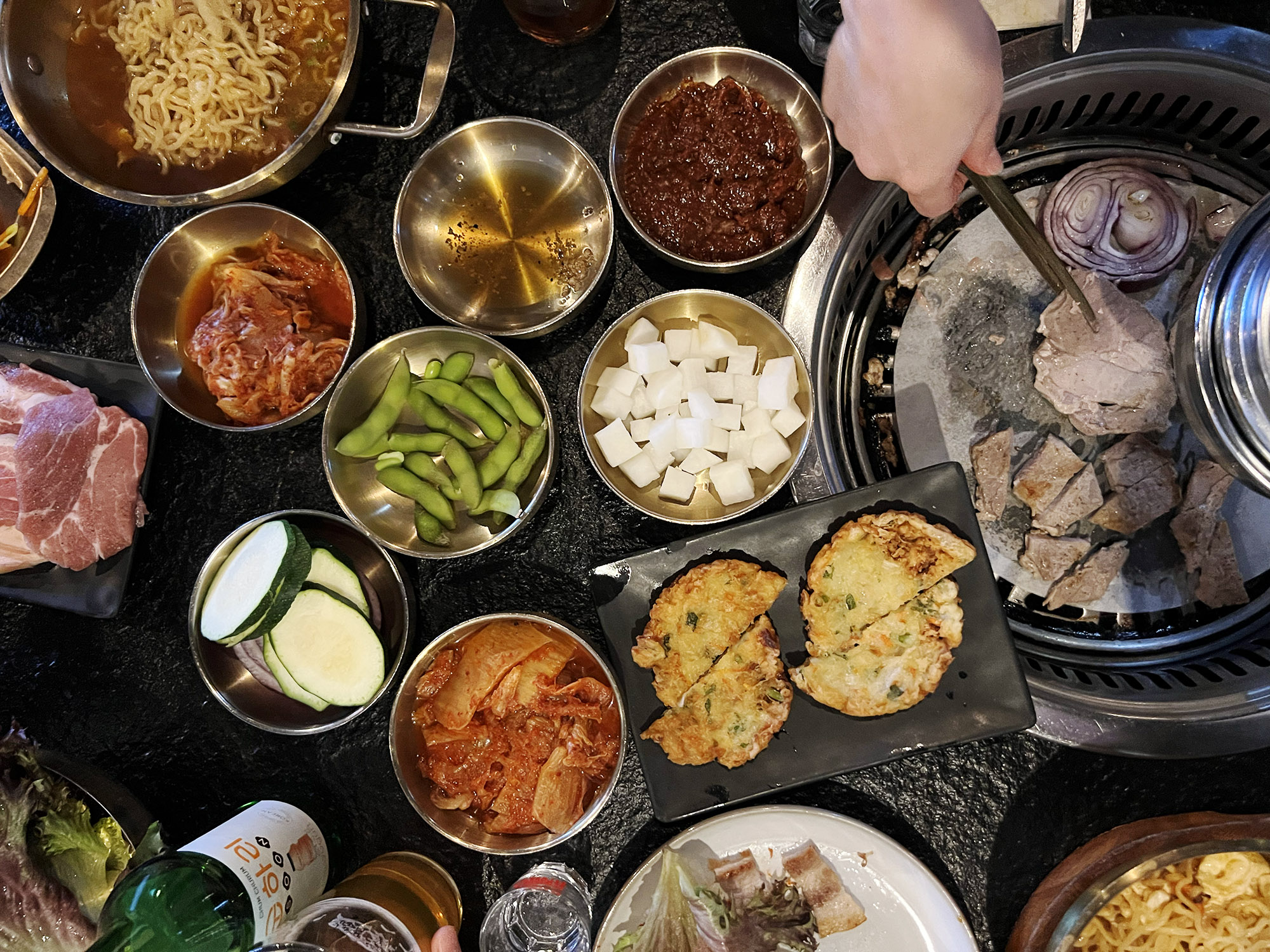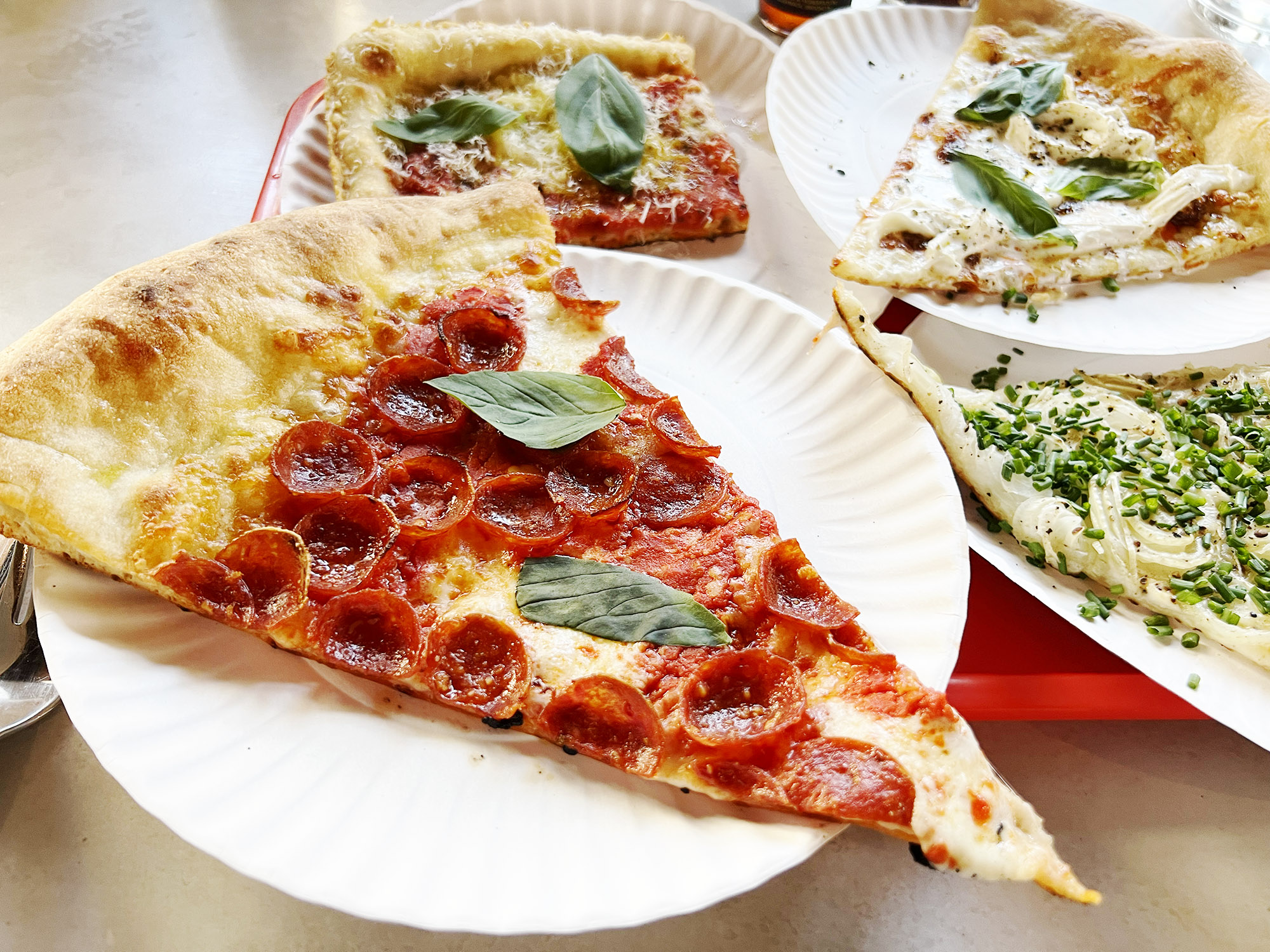
Pizza in New York is more than just fast food. It’s tradition, culture, and a slice of daily life. It’s something you grab on your lunch break, on your way home from a night out, or just because it smells too good to walk past. It’s what you eat standing on the sidewalk, folded in half and burning your fingers because you didn’t wait for it to cool. It’s cheap, messy, and absolutely perfect when it’s done right. And I’m telling you, everyone has an opinion about where to find the best one, and what makes a proper New York pizza. So what actually is New York-style pizza? How do you eat it? And where do you go when you want the real deal? Here’s my intro to New York pizza.
What makes a New York pizza?
The crust is thin but not paper thin. It should be soft enough to fold but still hold its shape with a bit of crunch at the edge. A full pie can be huge, up to 18 inches across, and it’s usually sold by the slice. Most places bake the pies in advance and heat the slices to order. The dough is chewy, the tomato sauce has a bit of sweetness, and a proper slice gets the balance right between crust, cheese, and toppings.
Red sauce or white slice?
Red sauce is the classic tomato base made with canned tomatoes, garlic, oregano, and a bit of sugar. That’s what you’ll get on a standard slice. Most authentic New York pizzerias use high-quality canned plum tomatoes, often of the San Marzano variety or similar. While true DOP-certified San Marzano tomatoes are grown in Italy, many American pizzerias use domestic versions that are “San Marzano-style.” These have the right balance of sweetness and acidity and a low seed content, which makes them ideal for pizza sauce. Most shops use whole peeled tomatoes in juice, which they hand crush or purée just enough to keep a bit of body in the sauce. It’s usually left uncooked before going on the pizza so that it cooks together with the crust in the oven. This helps keep the sauce bright and fresh, rather than heavy or overly sweet.
White pizza just means there’s no tomato sauce. It’s usually mozzarella with olive oil and garlic, sometimes with ricotta or béchamel. It’s milder, creamier, and a nice change when you’re not in the mood for red sauce.
How do you eat it?
You fold the slice along its length, from the wide crust to the pointed tip. This gives it that signature V shape, making it easier to handle and preventing the toppings from slipping off. That’s how you keep the cheese in place and your fingers (mostly) clean. No plate needed, just a napkin or a paper square. You always, always eat pizza with your hands, never with a knife and fork.
Where to get it
There are slice shops all over the city. At the cheap end, you’ll find dollar-slice joints that still serve decent pizza, but a regular slice with better toppings will usually cost $4 to $6. Joe’s Pizza is a good place to start. It’s as classic as it gets. Prince Street Pizza does thick, square slices with crispy pepperoni cups. R Slice (Roberta’s slice shop at Penn 1) is more upscale, but very good if you’re after something a little different. No matter what kind you go for, New York pizza is one of those things you just have to try. Fold, bite, repeat.

